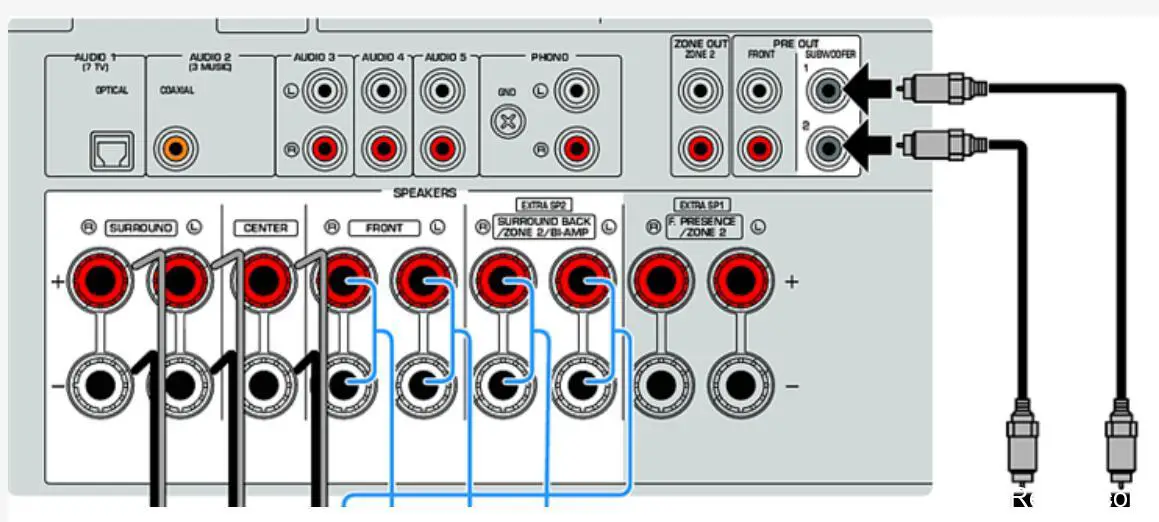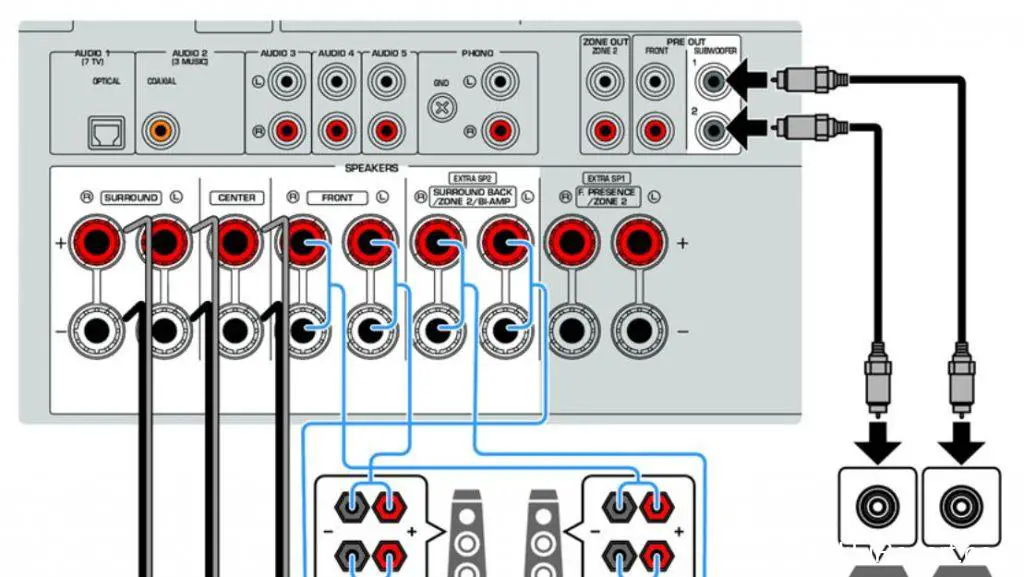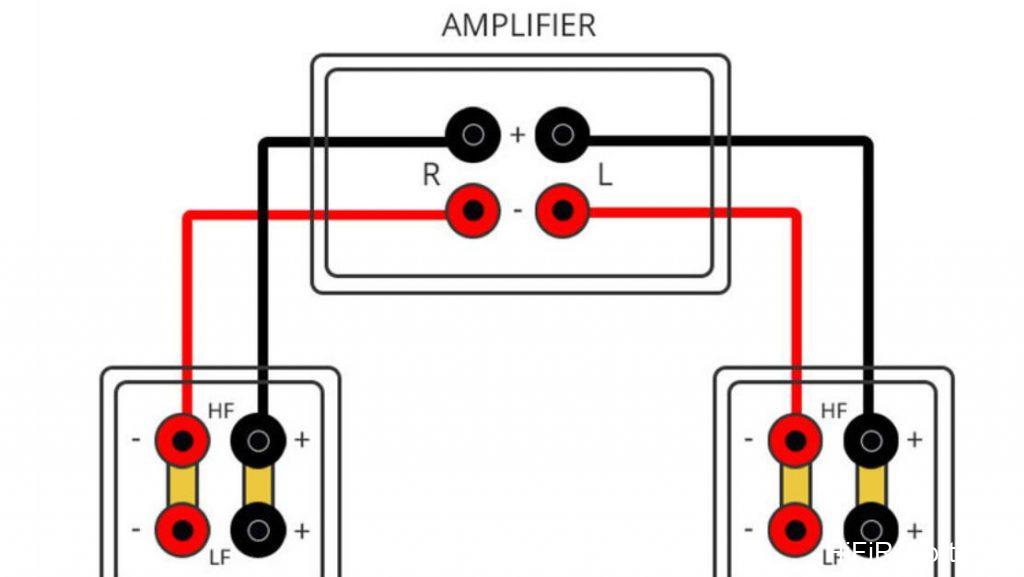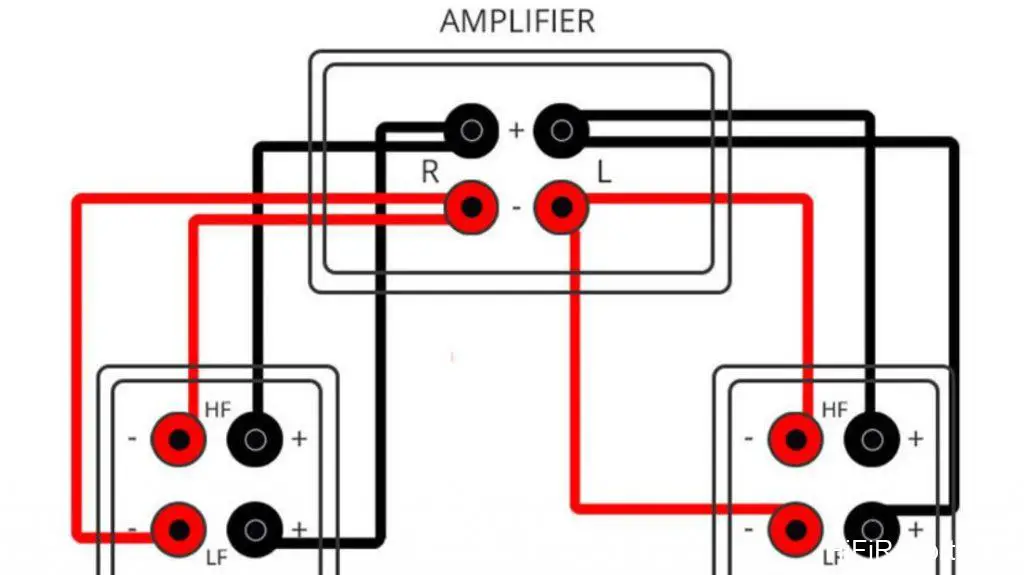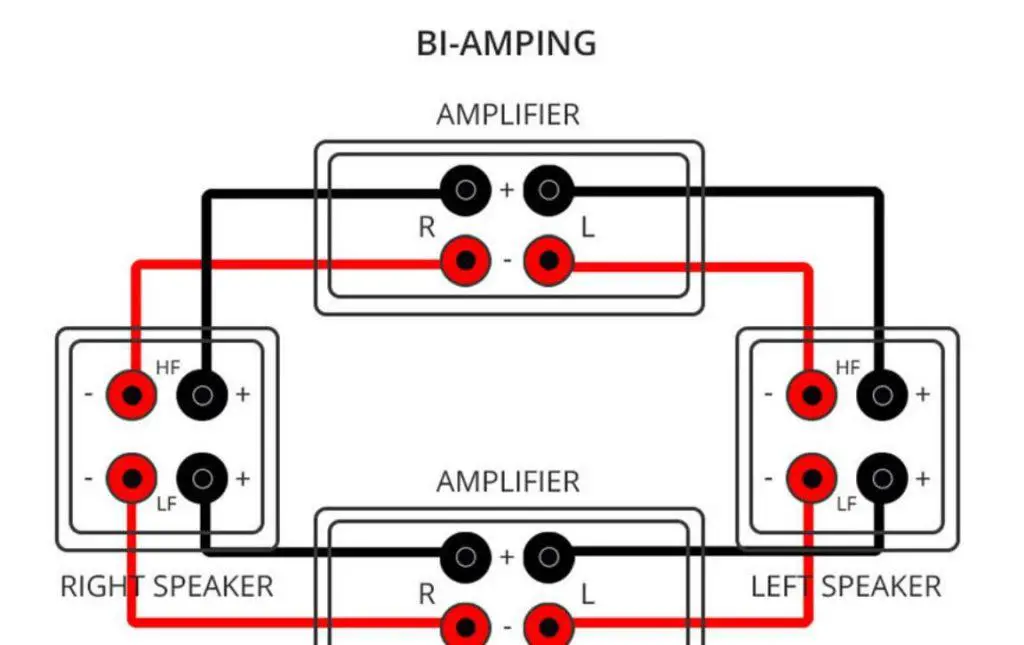Unlocking Better Sound: The Bi-Wire and Bi-Amp Audio Connection Guide
Whether upgrading their audio equipment or fine-tuning the placement of speakers, audio enthusiasts are willing to invest a great deal of patience in constant adjustments and experimentation to achieve the best sound quality.
In this process, maximizing the potential of existing equipment is one of the most cost-effective and efficient ways to improve sound. It has low-cost and high-efficiency advantages but requires a deep understanding of certain related functions, devices, and terminology. Let’s delve into the meanings and roles of Bi-Wire and Bi-Amp.
Both of these terms revolve around how to connect speakers and amplifiers. To determine whether speakers can be connected through bi-wiring or bi-amplification, start by examining the connection ports on the back of the speakers.
You can dismiss the idea if you see only one positive and one negative terminal (usually red and black). Conversely, if you see two connection terminals, the speakers can be used for bi-wiring and bi-amplification connections.
What is a Bi-Wire Connection?
Let’s begin by discussing Bi-wire connections. There is much debate surrounding the effectiveness of Bi-wiring. According to the experiences of some audiophiles, they perceive an improvement in sound clarity and a more precise sound positioning in three-dimensional space when they correctly Bi-wire their speakers.
Is there any objective basis for this claim? Generally, when a speaker has only one set of connection terminals, it is directly connected to the crossover network. The crossover’s job is to send lower frequencies to the mid-bass driver and higher frequencies to the tweeter. In this case, you only need one speaker cable to connect to the speaker.
However, if a speaker is set up for Bi-wire connections, you will need two pairs of speaker cables to connect to it. One advantage of this setup is that you can connect different speaker cables (referring to cables from different brands) separately to the speaker’s low-pass and high-pass filter circuits, allowing adjustments to the sound of the high-frequency and low-frequency portions.
Additionally, the woofer of a speaker has a longer excursion than the midrange or tweeter, meaning it moves a greater distance forward and backward during operation. In theory, this motion can generate a greater back electromotive force. Imagine if you were a high-frequency signal—would you prefer to travel along a wire with various magnetic fluxes and resistance from the woofer or along a smooth wire with no resistance? The answer is the latter.
Bi-wiring a speaker is straightforward. Taking the positive terminal as an example, you would remove the metal bridge connecting the Bi-wire terminals on the speaker, then connect two speaker cables separately to these terminals, with the other ends of the cables both connected to the corresponding terminals on the amplifier.
Some high-performance amplifiers come with two speaker connection terminals, making the process even more convenient. It’s essential to use speaker cables of the same brand, model, and length, ensure secure connections, and make sure the positive wires do not come into contact with the negative ones in any way. If you’re using bare wire, even a stray strand of wire touching the wrong terminal can damage the amplifier.
What is Bi-Amp?
Logically, the Bi-Amp connection is like the next step after Bi-Wire. If you understand the principles of Bi-Wiring, then Bi-Amping is simply taking it further by using two amplifiers to drive the low-frequency and high-frequency drivers of the speaker separately.
While this setup has the potential for higher power output, it’s akin to driving a high-performance car—it doesn’t necessarily need that much power all the time. Still, when it’s needed, it can effortlessly provide it. Musical demands are quite similar to driving over hills and valleys; sometimes, you’re cruising effortlessly, but when playing music with a wide dynamic range, you require a substantial reserve of power.
Some might be concerned that excessive power could damage the speakers, but too little power can cause more harm. If the amplifier’s power output is too low for the speakers, pushing the volume to its limits can lead to the amplifier sending clipped (severely distorted) signals to the speakers, potentially damaging them. Bi-Amplification brings advantages in terms of having more power at your disposal.
Considerations for Bi-Amping
Similar to Bi-Wiring, the speaker cables used for Bi-Amping must be identical, and the amplifiers should be from the same model or brand with key parameters matching. Some may wonder why you can’t use different amplifiers to drive the speaker’s high-frequency and low-frequency units separately.
The reason is that our goal is to improve the speakers’ sound, not alter them. If two amplifiers with different input sensitivities are used for Bi-Amplification, either the low-frequency or high-frequency from the speakers will be louder than the other, which is undesirable.
Furthermore, the amplifier’s output impedance can also affect its driving force on the speakers. If you want to try Bi-amping, ensure the two amplifiers are identical for safety and compatibility. Remember not to haphazardly use two old stereo receivers or amplifiers from your home for Bi-Amping, which can lead to compatibility issues.
Some newer amplifiers in the market have settings in their menus that allow you to assign four identical amplifier channels for Bi-Amplification, simplifying the connection process.
Conclusion
Regarding cost-effectiveness, Bi-Wiring is simpler to implement and only requires a few additional speaker cables. If you have a home theater system, it’s recommended to focus on the center channel speaker, as most high-performance center channel speakers can be Bi-Wired. Of course, if conditions permit, Bi-Amping is also worth trying.
However, suppose you’re willing to invest the same amount of money. In that case, purchasing a higher-performance amplifier and going for Bi-Wiring is generally better than buying two slightly lower-performance amplifiers. When considering the overall system, you might face another question: whether to keep your existing amplifier and upgrade to better speakers or purchase a new amplifier for Bi-Amping. Generally, upgrading the speakers is the more reasonable choice.
